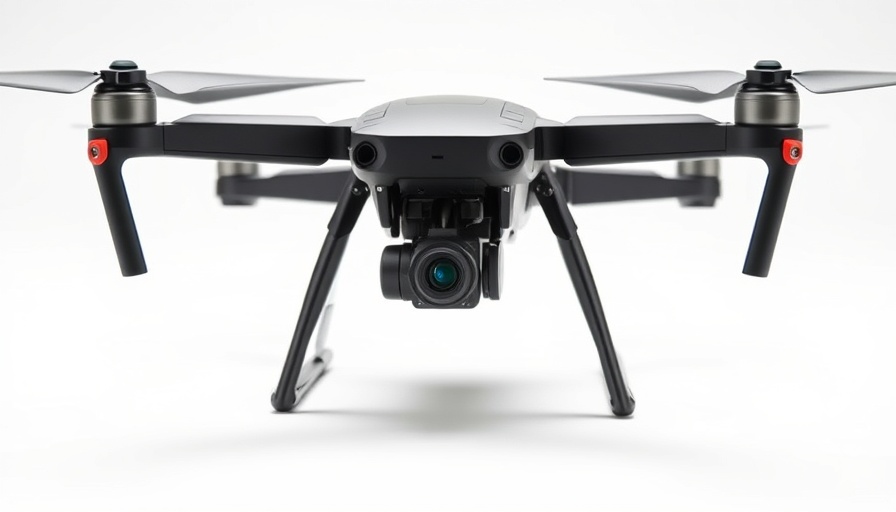
Teledyne FLIR Signals Shift in Drone Strategy: Ending SIRAS Sales
In a significant realignment of its business focus, Teledyne FLIR OEM has announced it will cease the sales of its SIRAS professional drone by August 31, 2025. Despite positive feedback from users during its operation since its launch in September 2022, the company is refocusing its efforts on core technologies, specifically thermal imaging and software solutions. According to Paul Clayton, Vice President and General Manager of Teledyne FLIR OEM, this strategic pivot is planned to better harness the growing markets in defense and AI.
Understanding the Impact of SIRAS Discontinuation
The discontinuation of the SIRAS drone raises questions, particularly for current users who depended on the platform for vital tasks such as public safety operations and industrial inspections. Consumers can expect continued warranty service, parts, and technical support until September 30, 2027, providing a buffer for existing customers. The focus on thermal imaging is a compelling pivot; it suggests that Teledyne FLIR sees more lucrative and promising opportunities ahead in defense and automotive systems, both of which increasingly rely on sophisticated surveillance and operational technologies.
Future Trends: What’s Next for Drone Tech?
As the drone industry continues its rapid evolution, this strategic redirection towards thermal imaging could set Teledyne FLIR apart from its competitors who may not share the same focus on advanced imaging technology. The integration of their thermal camera modules into platforms created by partners such as Skydio and AerialOGI indicates a bright future for the company in niche markets. Furthermore, advancements in AI-supported decision-making are expected to become essential, bridging the gap between drone operations and more extensive technological frameworks.
Comparison with Competitors in the Drone Market
While Teledyne FLIR is halting SIRAS sales, other companies are expanding their offerings. For instance, companies like DJI have continuously diversified their drone technologies to cater to both professional and recreational markets. Teledyne FLIR's strategy—prioritizing advanced thermal imaging—could offer a unique competitive edge. By deepening its specialization in high-performance imaging, the company is setting the stage for potential breakthroughs in applications critical to defense, search-and-rescue missions, and beyond.
Looking Ahead: The Importance of Adaptation
Adapting to the ever-evolving technological landscape is crucial for companies like Teledyne FLIR. As drones become more integrated into various sectors, observant stakeholders will note that those who concentrate on their strengths, like thermal imaging, may thrive amid competition. The shift signifies a lesson in business strategy for technology companies: honing in on strengths can lead to greater innovation and relevance in fast-changing markets.
Take Action as a Drone Enthusiast
If you are a drone enthusiast or industry professional, consider the implications of such shifts not only for your current technology but also for your future purchases. Engaging with manufacturers that demonstrate a clear vision for their products can lead to more informed decisions in an industry where technology continues to move rapidly. Monitor companies that emphasize integration of advanced imaging systems and AI capabilities, as they may shape the future of drone applications.
In summary, Teledyne FLIR's decision is not just a change in product availability but also a reminder of the vital role that adaptability plays in technology. As the company shifts focus, existing customers can expect support, while the industry watches how this move influences future drone technology and applications.
 Add Row
Add Row  Add
Add 




Write A Comment